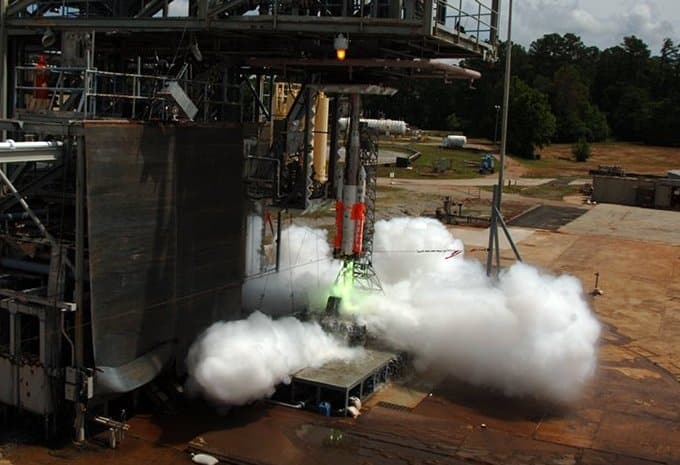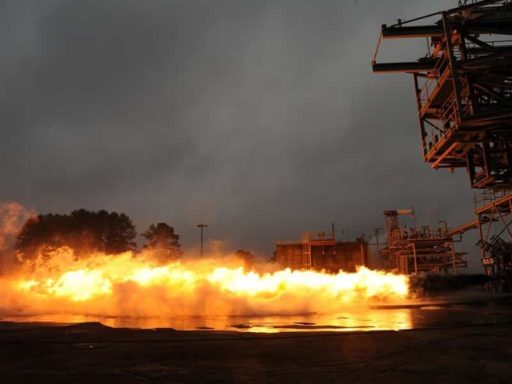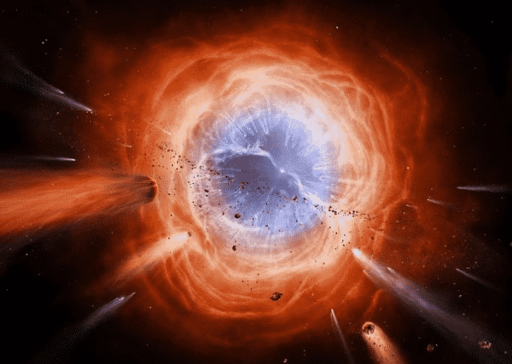Space agency NASA is building a brand new and the world’s largest rocket called the Space Launch System (SLS). Its engines are highly powerful. NASA engineers have figured out that surrounding buildings may knock down when the rocket would launch from its pad.
SLS is actually a carrier rocket. It will be used to launch crew and cargo into deep space missions in less than three years (by 2017). These missions include catching up to an asteroid and landing on it, and eventually getting to the red planet Mars. As part of the development process, NASA tested the sound waves and vibrations of the SLS rocket which it would produce during launch using a small rocket and computer models at NASA’s Marshall Space Flight Center in Alabama.
Garry Lyles, chief engineer of SLS said in a press release, “When you’re building the largest rocket in the world, you have to take everything into consideration.”
However, after the test NASA engineers became astonished as they had found that the sound waves and vibrations that the SLS rocket would produce during launch, extremely exceeded its limit for which surrounding buildings nearby the rocket’s launch may get knock down and injure people.
Jeremy Kenny, acoustics engineer of NASA said, “The noise the engines and boosters generate is so great that it can impact the rocket, and the crew, during lift off. We have to ensure we have the proper suppression system to basically turn that noise down to a safe level.”
What they found, says Amy Shira Teitel at Motherboard, is that the noise produced by their enormous rocket would be spread across a range of sound frequencies, concentrated in the low to mid-frequency range. Sound waves at these frequencies are so powerful, they can theoretically knock down buildings and injure people nearby. This includes damaging the rocket and the crew inside during lift off. Here’s a video where NASA is using 3D parts for testing on a mini model of world’s largest rocket.
As “sound waves are physical waves, the result of back and forth vibration of the particles that make up the medium through which the sound wave is moving. In the case of a rocket launch, the danger comes from the sound waves creating air pressure as the molecules are pushed aside so the sound wave can pass, or creating harmonics that can vibrate the rocket or nearby objects to failing points.”
Here’s an additional video showing how NASA tunes the sound of a rocket.
One of the possible solutions to this problem could be suppression system – a big part of which will be the use of water to dampen and slow down the sound waves before they can impact anything nearby. However, NASA is now currently working out to get rid of this problem.
Source: NASA
Thanks To: Motherboard
[ttjad keyword=”nintendo-wii”]



